by Kristine Hughes Patrone
Recently, an article about the Raglan Sleeve brought home to me just how many garments and styles are named for people or places related to British History. Of course I’d been aware of the Raglan Sleeve prior to the article, but as I always think of Raglan as he was – FitzRoy Somerset, the Duke of Wellington’s ADC, private secretary and nephew-in-law (below) – I hadn’t readily connected the dots.
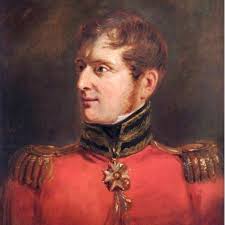
Fitzroy James Henry Somerset, later known as 1st Baron Raglan (below), was with Wellington at the Battle of Waterloo as a 23 year old aide-de-camp and suffered an injury caused by a musket ball that necessitated the amputation of his right arm. As the field surgeon was disposing of the limb, Raglan is purported to have cried out, “I say, bring me back my arm!” Those nearby thought he was delirious, until he explained that the ring his wife had given him was still on the finger. She might be alright with his losing an arm, but she’d never forgive his losing the ring.
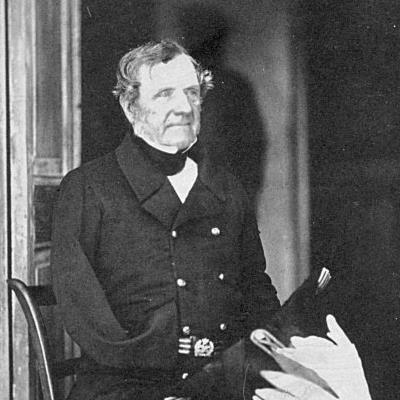
FitzRoy Somerset afterwards taught himself to write with his left hand and continued his military service and his work with Wellington. He also went on to wear a signature overcoat adapted with the sleeves set into a wide, loose armhole by the Aquascutum firm, with both sleeves continuing in one piece up to the neck, less defined shoulder seams and a more deconstructed appearance.
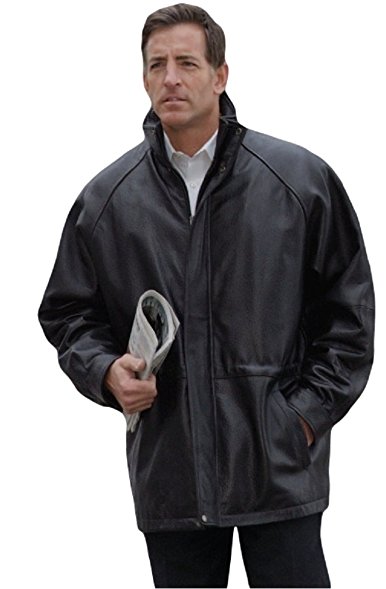
The Raglan coat remains a popular men’s style, while the Raglan sleeve is now a permanent part of our fashion lexicon thanks to the baseball t-shirt.
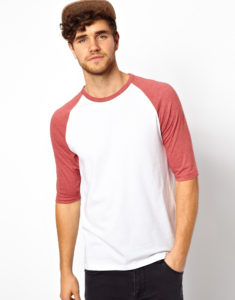
The cardigan sweater was named after James Brudenell, 7th Earl of Cardigan, who led the Charge of the Light Brigade at the Battle of Balaclava during the Crimean War. Fashion lore tells us it was modelled after the knitted wool waistcoat typically worn by British officers.
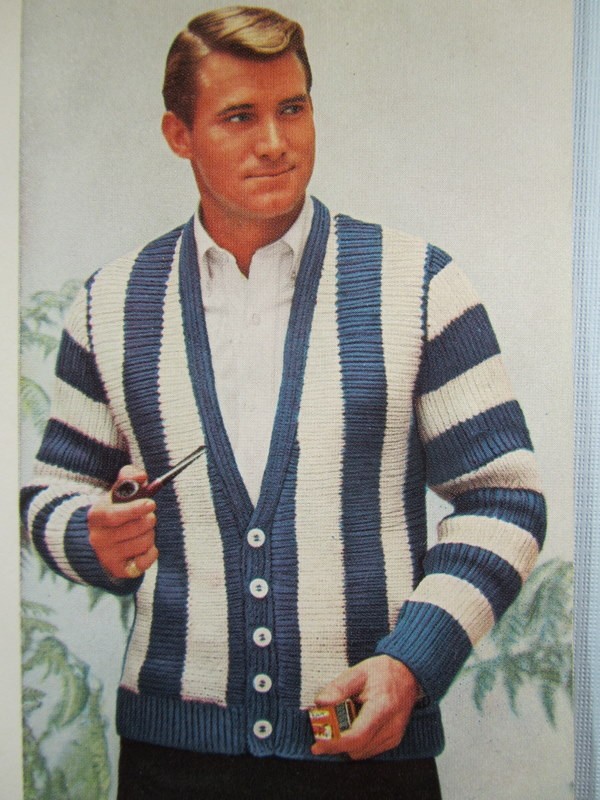
The Cardigan sweater remains a staple of men’s wear, while Coco Chanel is credited with popularizing the feminine version of the look.
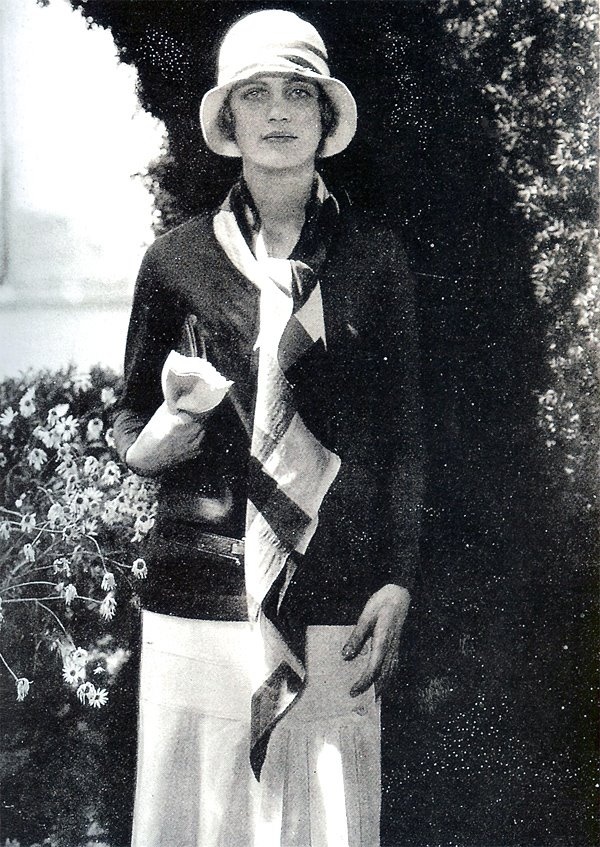
The Spencer coat dates from the 1790’s when, legend has it, George Spencer, 2nd Earl Spencer, got too close to an open fire and burnt the tails of his coat, prompting him to order his tailor to make him a jacket sans tails. The Spencer is a shorter, double breasted, waist-length coat, alternately called a mess jacket, as the style was taken up by officers in the British army, as seen below.
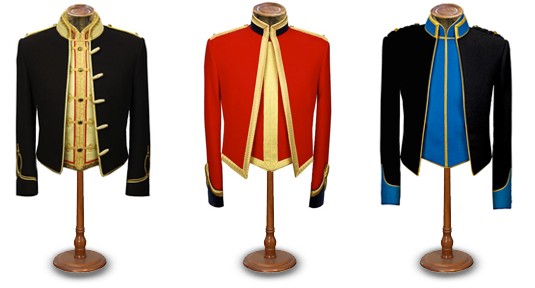
Fans of period dramas will recognize the Spencer as being a popular ladies’ garment during the Regency era.
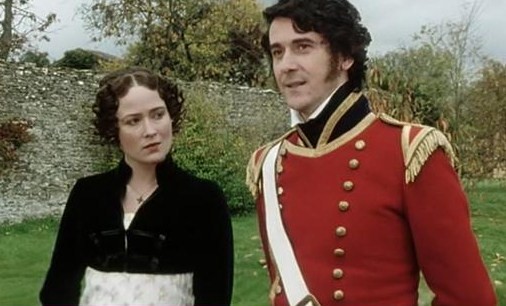
The Macintosh, or Mackintosh, raincoat was invented by Scotsman Charles Macintosh as a waterproof coat made from an early rubberized fabric and first made it’s appearance in 1824.
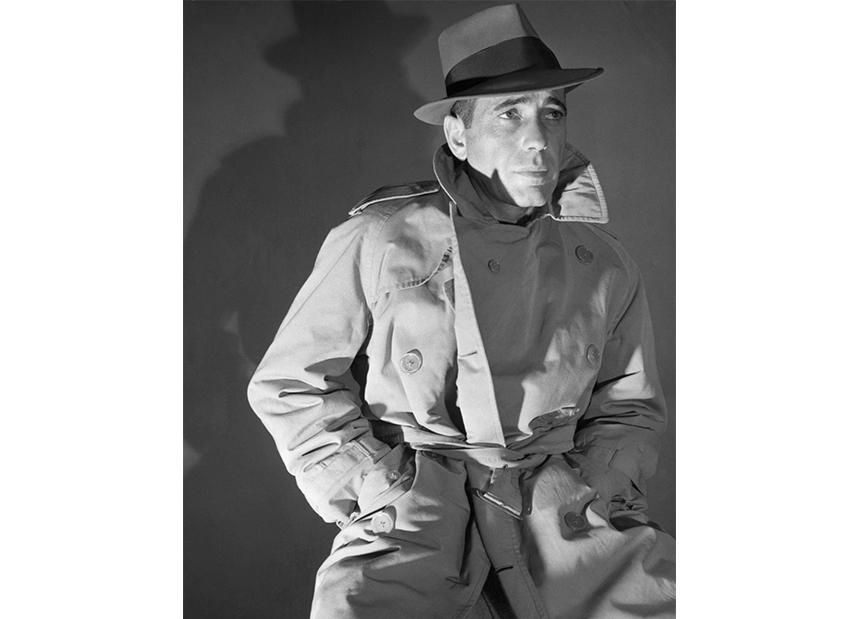
The “mack” has nowadays evolved into the trench coat, but to be considered a true Mack, the coat should be made from waterproof material.

The Duke of Windsor did not invent the Windsor knot, or tie. That’s right. It was his father, King George V, who favoured wide tie knots and had his tailor cut his ties from a wider cloth, so that the knot would be wider than the traditional four-in-hand knot style that was preferred at the time.
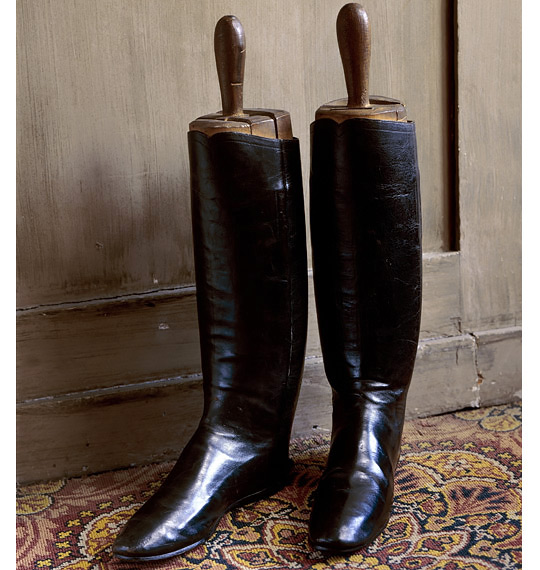
Wellington boots were “invented” by the Duke of Wellington, who directed his bootmaker, Lobb, to cut down traditional leather Hessian boots in order to make them more comfortable when riding on horseback for long periods of time. Today, Wellington boots are more often made of rubber and are indispensable for outdoor wear.
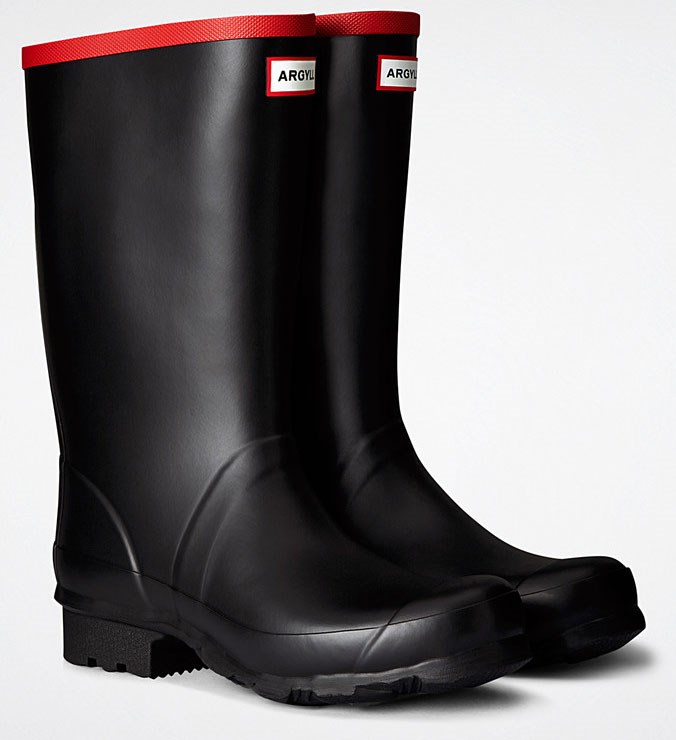
The Blücher is a type of oxford (closed shoe) in which the tongue and vamp (the front part of the shoe) are cut in one. The Blücher is named after the 18th century Prussian field marshal Gebhard Leberecht von Blücher, who commissioned a boot with side pieces lapped over the front in an effort to provide his troops with improved footwear.
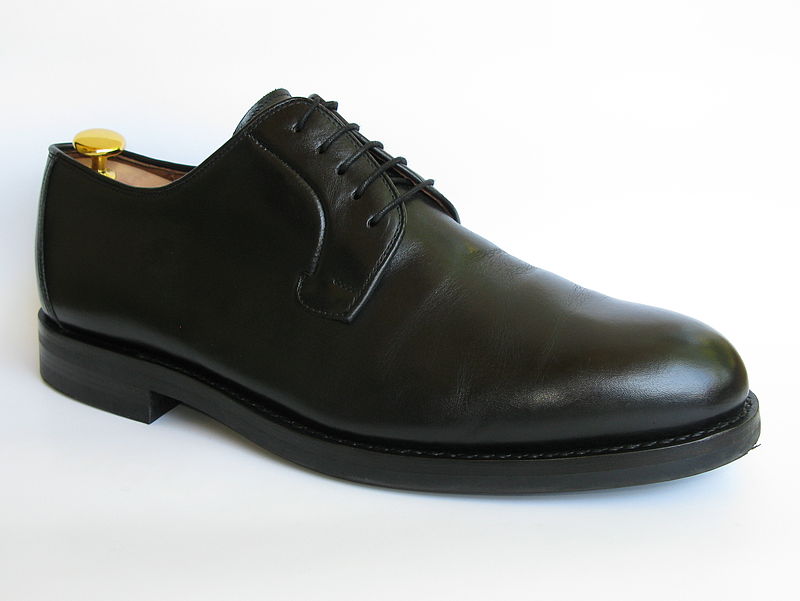
The d’Orsay shoe or slipper refers to any shoe that has a closed heel and toe but which is cut down to the sole at the sides. It can be made with a heel of any type and any style of vamp (front). The style is one of several fashions named after the Count d’Orsay, a fashionable dandy living Paris in the mid-1800s, who went on to marry Lady Blessington.
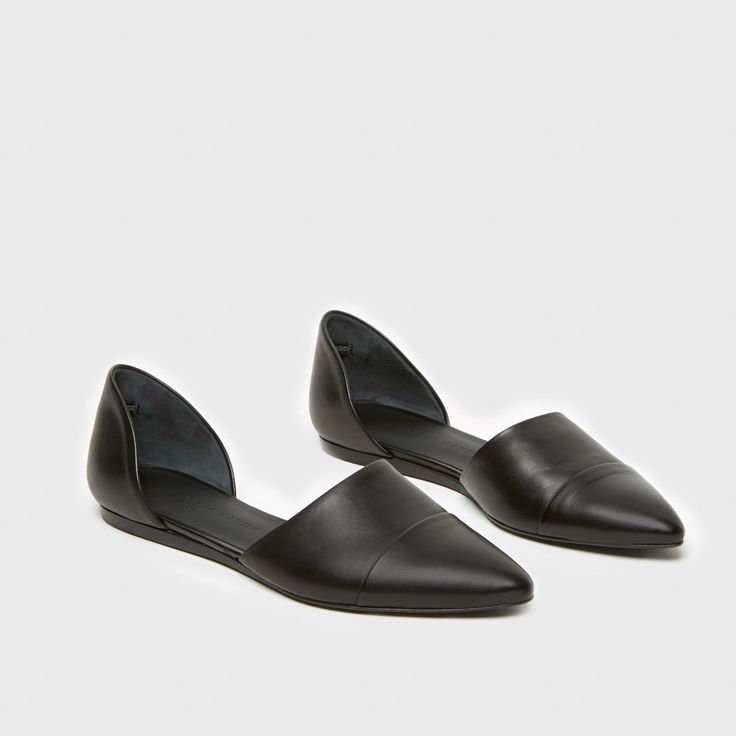
Today, the term “d’Orsay shoe” is used to describe any women’s shoe that exposes the arch of the foot.

Can you think of any other fashion terms named after persons from history? If so, please share them with us with a comment.
A different era but…..https://en.m.wikipedia.org/wiki/Georgette_(fabric)
Could it be? A fabric named after me?
A different era but…..https://en.m.wikipedia.org/wiki/Georgette_(fabric)
Interesting , Thank you.
There were several garments or features of garments popular during the regency . Most of the references are totally lost to us today. Have you discussed those elsewhere?
I don’t think D’orsay and lady Blessington ever married though rumors of an affair between them was rife. Because of her first husband and then her time as a mistress to the army captain , I had the impression that she wasn’t really much interested in flings or sex. Read somewhere that Lord Blessington’s legitimate daughter started the rumors when she wanted to be free of her husband, D’Orsay. Lord Blessington seems to have been the one more taken with young D’Orsay than his wife or daughter.